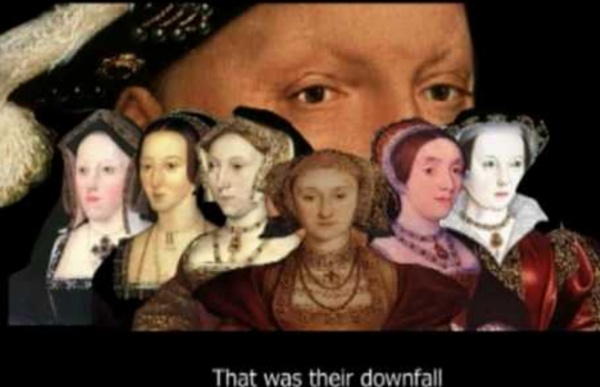



http://www.youtube.com/watch?v=3EGzHsye71c
Related: UNIT 3- EUROPE IN THE AGE OF CARLOS V AND FELIPE II • history UKuntitled La cacareada austeridad de la que hizo gala el rey emperador Carlos I de España y V del Sacro Imperio Romano Germánico durante su jubilación en Yuste… ¿fue, quizás, puro postureo? Se hizo construir un palacete, tenía un ejército de funcionarios y criados a su servicio, comía mucho, bebía de más… <a href="//play.cadenaser.com/audio/000WB0930920170807155611/" title=" | Audio | Cadena SER" target="_blank">Escucha en Play SER</a> Britain’s history and culture Britain has a great heritage. It has some of the finest historic buildings in the world. Palaces, castles and museums bursting with tradition and history… there’s just so much to see and do. Entrevistas a personajes históricos de 3.º ESO (1.ª entrega) Buenos días queridos telespectadores, hoy hemos viajado a un día muy especial pero a la vez muy triste, estamos a 10 de diciembre de 1788, la vida de nuestro invitado fue muy movida pero a la vez muy tranquila. Sus grandes ideas fueron, varias veces, mal planteadas, y llevaron consigo muchas revueltas por diversas reformas. En España se vivía, en gran parte, una gran pobreza, es una época de malas cosechas y de una guerra, la Guerra de los Siete Años. Otras ideas fueron buenas, como la de reformar algunos cargos que estaban anticuados, o la de crear la lotería nacional para impulsar la economía española. Después de esta breve biografía y contexto histórico demos paso a nuestra entrevista…
10 Things You May Not Know About William the Conqueror - HISTORY 1. He was of Viking extraction. Though he spoke a dialect of French and grew up in Normandy, a fiefdom loyal to the French kingdom, William and other Normans descended from Scandinavian invaders. William’s great-great-great-grandfather, Rollo, pillaged northern France with fellow Viking raiders in the late ninth and early 10th centuries, eventually accepting his own territory (Normandy, named for the Norsemen who controlled it) in exchange for peace. 2. He had reason to hate his original name. War of the Roses Lesson Plan, Battles and Timeline The History The War of the Roses began in 1455 and ended in 1485. However, the timeline has its roots in 1399, the year the Duke of Lancaster, Henry Bolingbroke, ousted his cousin, King Richard II, from the throne.
About Felipe II De HABSBURG (King of Spain) King of Spain Born: 21 May 1527, Valladolid, Spain Died: 13 Sep 1598, El Escorial Palace, Madrid, Spain Buried: El Escorial Palace, Madrid, Spain War Of the Roses - The Bosworth Campaign The Bosworth Campaign Richard III had become king by deposing Edward V in 1483. Many resented this and, with Yorkist support for Richard concentrated mainly in the north, there was a new opportunity for a Lancastrian pretender to challenge for the throne. After an abortive rebellion in 1483, the Lancastrian pretender, Henry Tudor, mounted a new challenge in the summer of 1485.
William the Conqueror...and Justin Timberlake?! If you're interested in learning more about William the Conqueror, you can read a comprehensive biography on the official website of the British Monarchy here. For a more interactive version, see a full timeline from the BBC of his life and achievements here. The History Channel has an article entitled "Ten Things You Didn't Know About William the Conqueror." To find out more about William's unfortunate predecessor, Harold, read his biography on the British Monarchy website, or the BBC version.